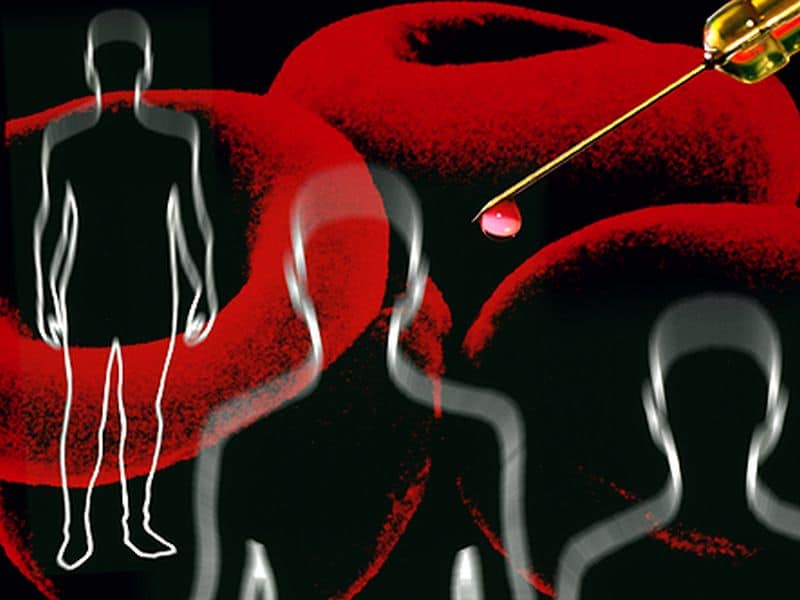TUESDAY, July 10, 2018 (HealthDay News) — Transfeminine individuals have increased rates of venous thromboembolism (VTE) compared with cisgender men and cisgender women, with more pronounced differences for those initiating hormone therapy, according to research published online July 10 in the Annals of Internal Medicine.
Darios Getahun, M.D., Ph.D., M.P.H., from Kaiser Permanente Southern California in Pasadena, and colleagues reviewed an electronic medical record-based cohort system of transgender members of integrated health care systems with first evidence of transgender status from 2006 through 2014. Ten male and 10 female cisgender enrollees were matched to each transgender participant. Data were included for 2,842 transfeminine and 2,118 transmasculine members, with a mean follow-up of 4.0 and 3.6 years, respectively; they were matched to 48,686 cisgender men and 48,775 cisgender women.
The researchers found that the incidence of VTE was higher for transfeminine participants, with two- and eight-year risk differences of 4.1 and 16.7 per 1,000 persons, respectively, relative to cisgender men, and 3.4 and 13.7, respectively, relative to cisgender women. The incidence of ischemic stroke and myocardial infarction was similar across the groups in overall analyses. For VTE and ischemic stroke, more pronounced differences were observed among transfeminine participants who initiated hormone therapy during follow-up. Insufficient evidence was found to draw conclusions regarding risk among transmasculine participants.
“These results may indicate the need for long-term vigilance in identifying vascular side effects of cross-sex estrogen,” the authors write.
Abstract/Full Text (subscription or payment may be required)
Copyright © 2018 HealthDay. All rights reserved.



